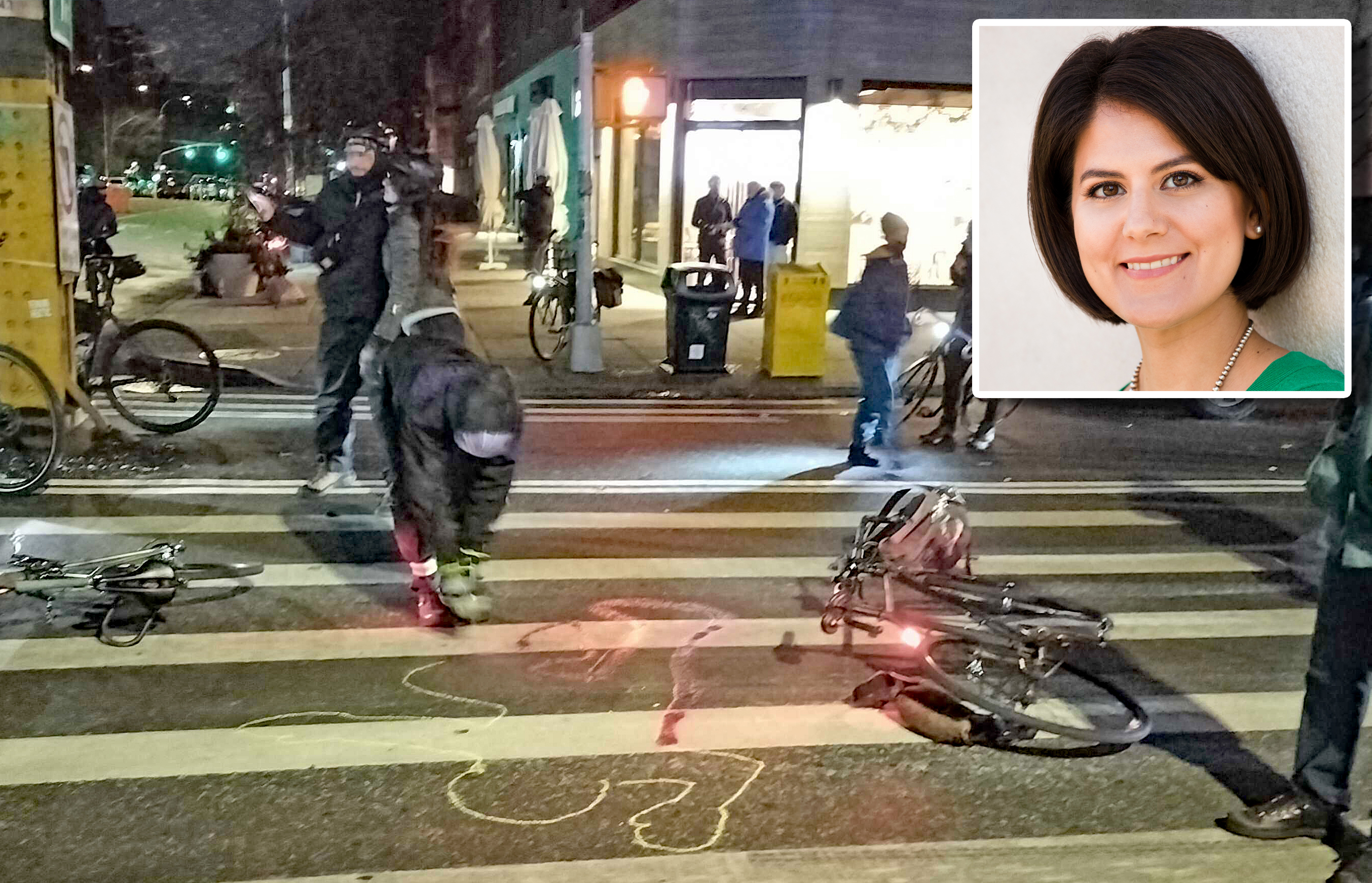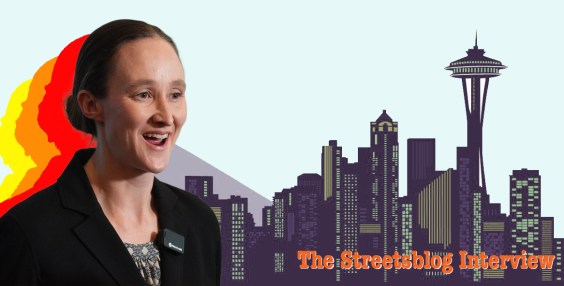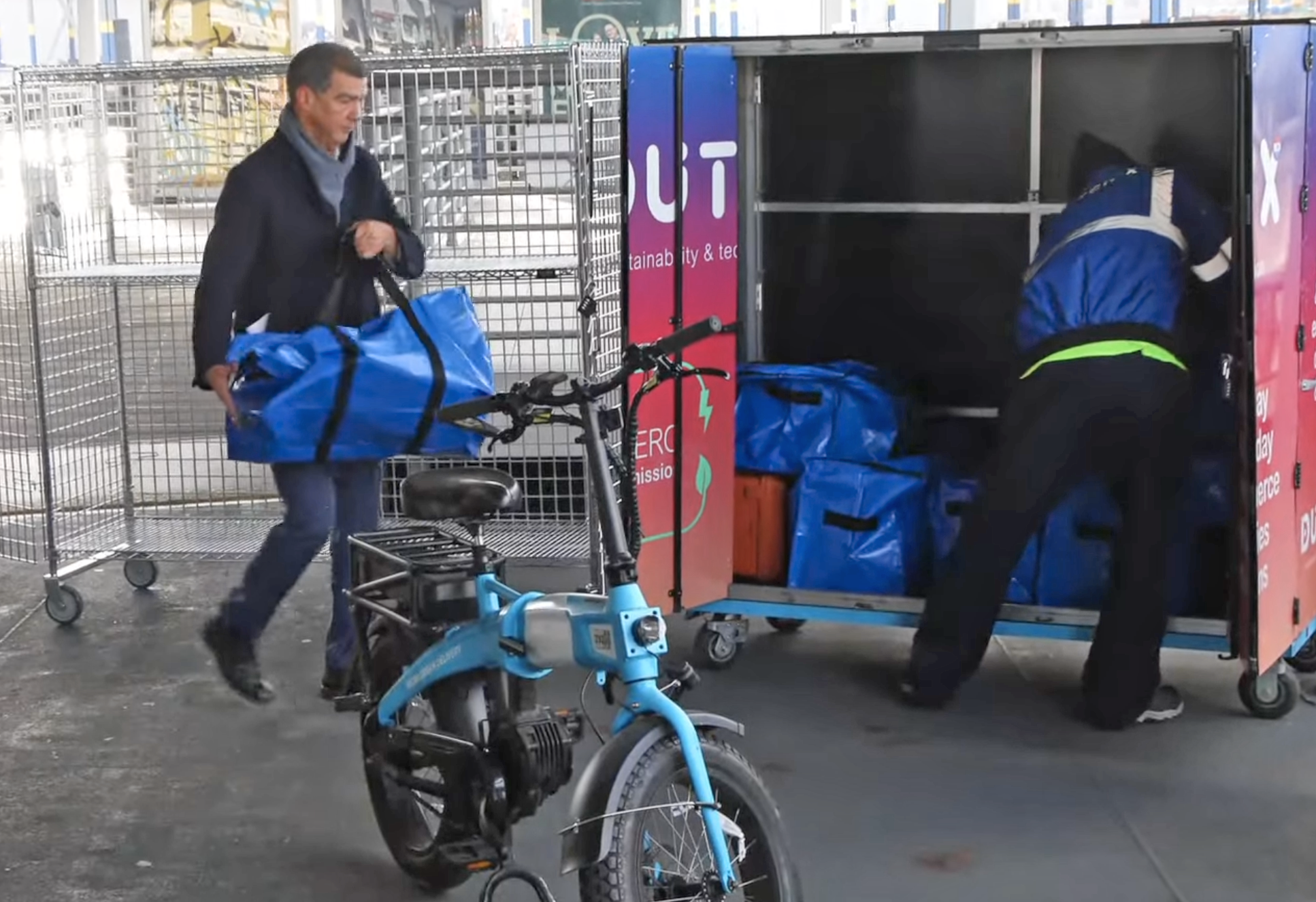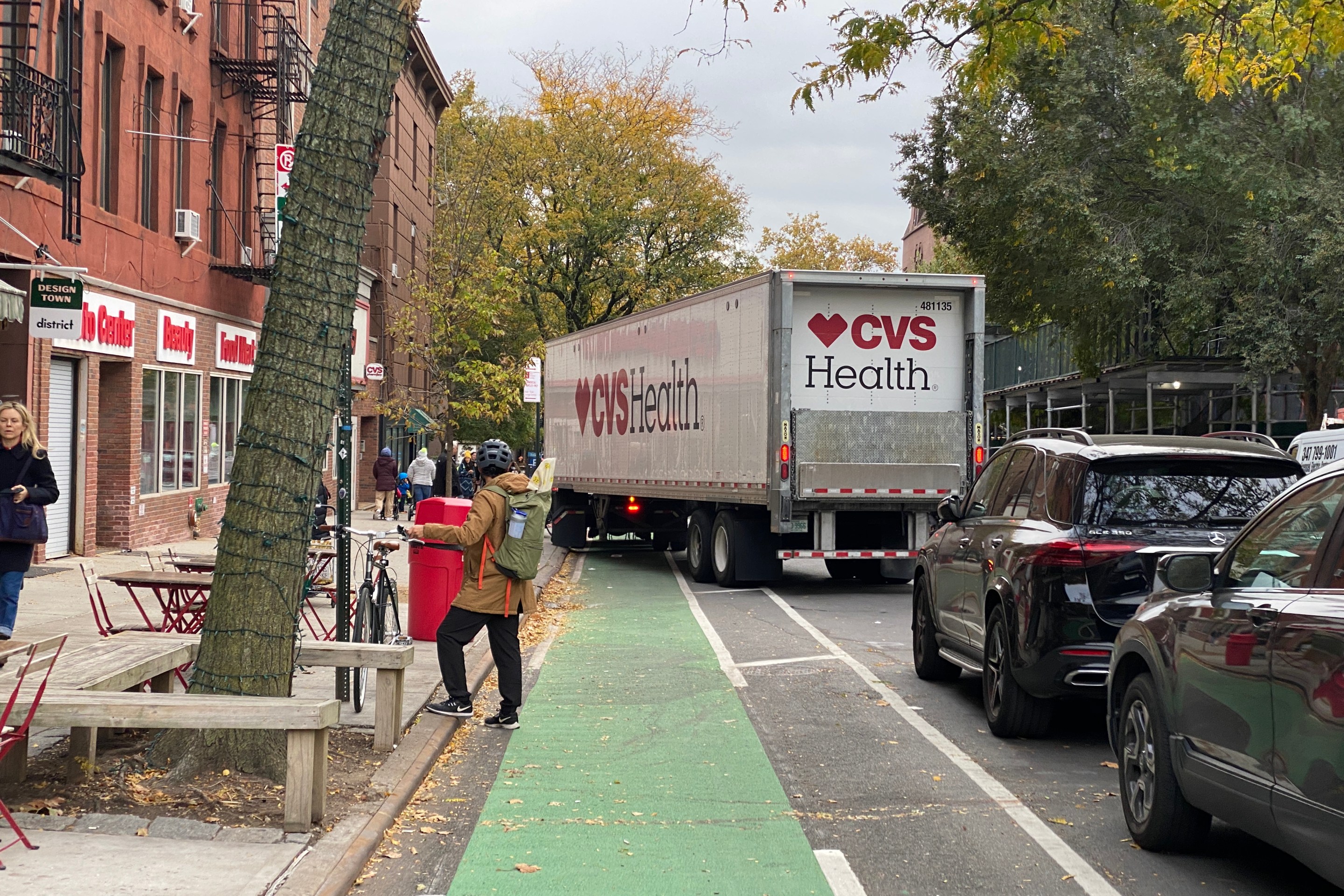Everyone has a few of those hippie friends. They love nature, so they live 50 miles from the city in a 10-acre "farm."
They're able to grow some of their own food. But they have to commute two hours round trip to get to job opportunities, not to mention the trek to the grocery, church, babysitter, etc. The whole arrangement is, ironically, environmentally toxic.
But as much as they might befuddle an urbanist, those friends are still well within the mainstream in the environmental movement, says Kaid Benfield at the Natural Resources Defense Council's Switchboard blog. It's time nature-lovers throw off the old-fashioned notion that living in harmony with with the environment means living in an unspoiled wilderness, he says:
For a long time, America’s environmental community celebrated wilderness and the rural landscape while disdaining cities and towns. Thoreau’s Walden Pond and John Muir’s Yosemite Valley were seen as the ideal, while cities were seen as sources of dirt and pollution, something to get away from. If environmentalists were involved with cities at all, it was likely to be in efforts to oppose development, with the effect of making our built environment more spread out, and less urban.
We’ve come a long way since then, if still not far enough. We were and remain right to uphold nature, wildlife and the rural landscape as places critical to celebrate and preserve. But what we realize now, many of us anyway, is that cities and towns – the communities where for millennia people have aggregated in search of more efficient commerce and sharing of resources and social networks – are really the environmental solution, not the problem: the best way to save wilderness is through strong, compact, beautiful communities that are more, not less, urban and do not encroach on places of significant natural value. As my friend who works long and hard for a wildlife advocacy organization puts it, to save wildlife habitat we need people to stay in “people habitat.”
Compact living – in communities of streets, homes, shops, workplaces, schools and the like assembled at a walkable scale – not only helps to save the landscape; it also reduces pollution and consumption of resources. We don’t drive as far or as often; we share infrastructure. While recent authors such as Edward Glaeser and David Owen are sometimes excessive in extolling the virtues of urban density without giving attention to the other things that make cities attractive and successful, they are absolutely right that city living reduces energy consumption, carbon emissions and other environmental impacts.
Elsewhere on the Network today: Bike San Diego explores Tijuana's blossoming urban cycling movement. Bicyclelaw.com details how cyclists who suffer injuries at the hands of automobiles are routinely, and often groundlessly, blamed. And Bikeside LA shares a thoroughly ridiculous flowchart illustrating the bureaucratic maze cycling improvements must navigate before they hit the streets.






